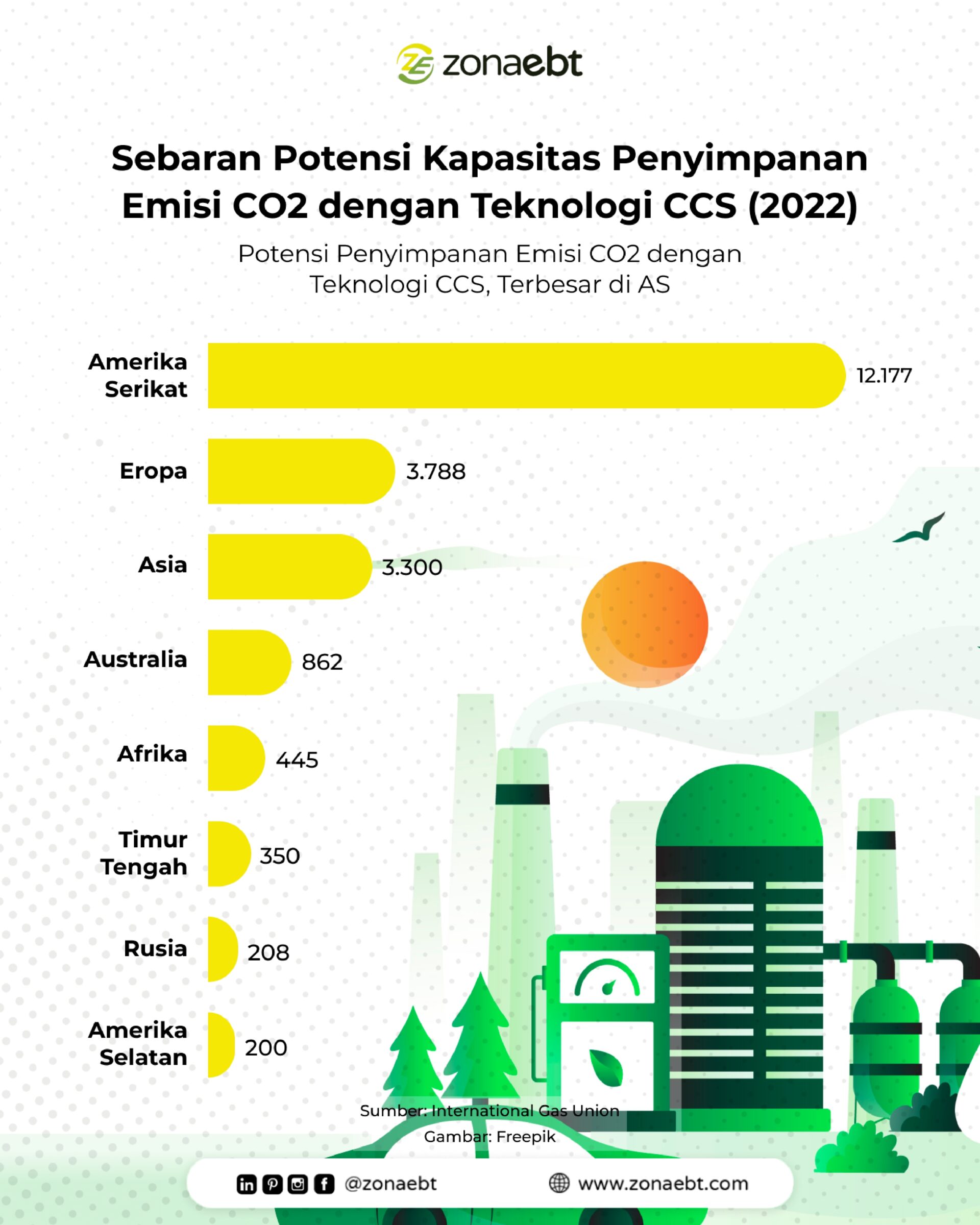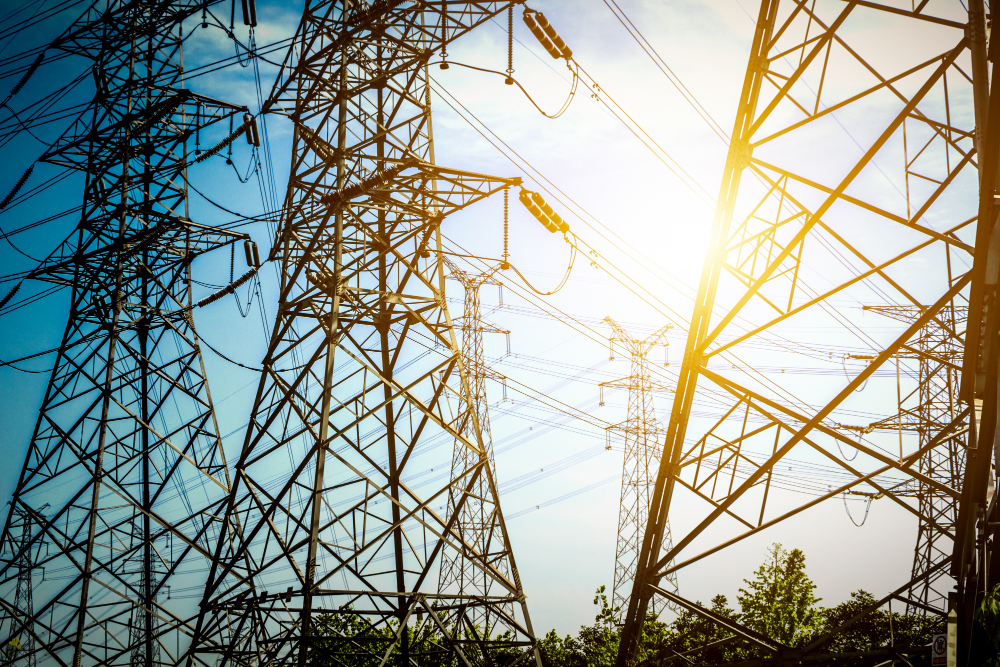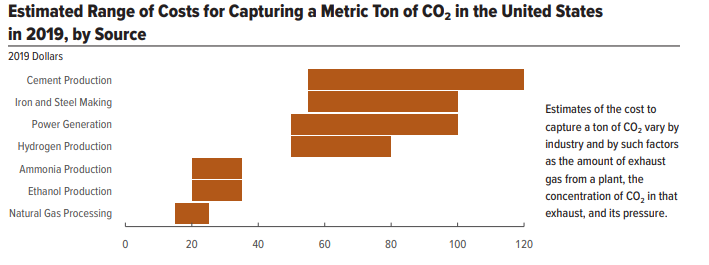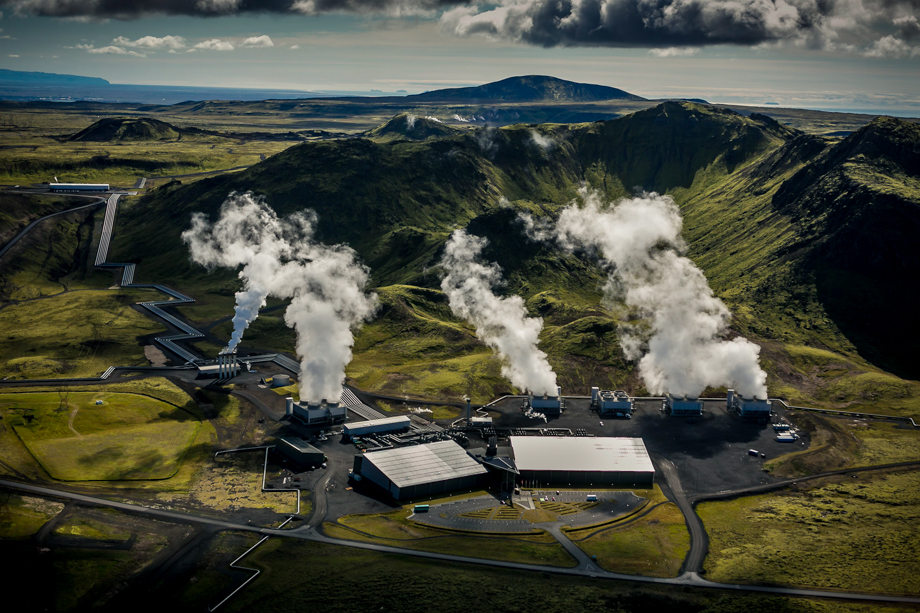
- Reduce greenhouse gasses by capturing and permanently storing carbon emissions underground
- Carbon Capture and Storage (CCS) is in limited use due to the high cost of implementing CCS technology
- Factors that determine the future use of CCS in United States such as the cost to carbon capture, the cost and capacity to transport and store carbon, federal and state regulatory decisions, and the development of green energy technologies
Sobat EBT Heroes, according to the International Gas Union, by 2022 the United States will have the largest potential carbon capture and storage (CCS) capacity in the world. Simply put, CCS is a technology that captures carbon emissions and stores them underground.
CCS facilities currently operating in the United States have a combined capacity to capture approximately 22 million metric tons of carbon per year, or 0.4 percent of America’s annual carbon emissions. And CCS with a capacity of 134 million metric tons of carbon per year is currently under development. When all of these CCS technologies are combined, the United States has a total carbon capture capacity that increases about sevenfold to 156 million metric tons per year, or 3 percent of current US carbon emissions.
Baca Juga
- Key to Carbon Reduction SDGS and Green Industry
- The 14th Indonesia Korea Energy Forum (IKEF): Indonesia-Korea Selatan Kerja Sama dalam Teknologi Penangkapan Karbon CCS
CCS in the United States

The United States is one of the world’s largest emitters and still relies heavily on fossil fuels to meet its primary energy needs. U.S. greenhouse gas emissions grew rapidly in 2018, increasing by 3.1 percent, nearly twice the rate of global emissions growth. The largest emissions sectors are transportation, electricity, and industry.
A recent green technology innovation that has drawn attention to the carbon problem is CCS. This technology consists of capture, transport, and storage. So, let’s look at an illustration of how CCS works below.

But, the cost of implementing CCS varies depending on the type of industry. The higher the carbon pressure, the lower the cost of carbon capture, and vice versa. Like the data below.

A comparison of estimates from the International Agency shows the industry falls into two main cost groups:
- Carbon capture is cheaper at about $15 to $35 per metric ton (in 2019 dollars) in natural gas processing and ammonia and ethanol production.
- Carbon capture is more expensive at $50 to $120 per metric ton for power generation and other industrial processes, such as cement, iron, steel or hydrogen production.
For example, the cost of capturing carbon from natural gas processing and ammonia production is relatively low due to the high pressure flue gas streams.
Factors that Will Affect the Future Use of CCS in the United States

Carbon capture and storage in the United States will depend on a number of factors, including the cost of carbon capture, the cost and capacity to transport and store carbon, federal and state regulatory decisions, and the development of other clean energy technologies that could reduce demand for CCS.
The US will need to invest billions of dollars in pipelines to transport carbon for regional networks and hundreds of billions of dollars for national networks. Despite abundant carbon storage capacity, some of these sites are still in the exploratory stage. Federal and state regulations also affect the timing of CCS projects. Advances in clean alternative energy technologies may also increase the use of energy sources that do not produce carbon emissions, reducing the need for carbon capture and storage.
Baca Juga
- CCS: Berperan dalam Dekarbonisasi, Miliki Peluang Monetisasi
- Pertamina: Berkomitmen dalam Transisi Energi melalui Kolaborasi Injeksi Karbon
So that’s all about carbon capture and storage in the United States. So how about carbon capture and storage in other countries, especially Indonesia?
#zonaebt #EBTHeroes #Sebarterbarukan
Editor: Alvin Pratama
References





58 Comment
Thanks for sharing your thoughts on carbon. Regards
Check out my site – vpn special coupon code 2024
Hi! I know this is kind of off-topic but I needed to ask.
Does managing a well-established website such as yours require a lot
of work? I’m brand new to running a blog however I do write in my diary everyday.
I’d like to start a blog so I can easily share my experience and thoughts online.
Please let me know if you have any ideas or tips for new
aspiring blog owners. Thankyou!
my site: vpn special coupon code 2024
whoah this blog is great i like reading your posts.
Keep up the good work! You recognize, a lot of individuals
are hunting round for this information, you could aid
them greatly.
Here is my web blog :: facebook vs eharmony to find love online
What i do not understood is if truth be told how you’re
no longer actually a lot more well-liked than you might be right now.
You are very intelligent. You understand thus significantly in terms of
this topic, made me personally believe it from so many varied angles.
Its like men and women aren’t fascinated except it’s one thing to do with Woman gaga!
Your individual stuffs great. All the time maintain it up!
Feel free to surf to my blog; eharmony special coupon code 2024
That is a great tip particularly to those fresh to the blogosphere.
Simple but very precise information… Thank you for sharing this
one. A must read article!
My web-site nordvpn special coupon code 2024
pin up casino az: pin up 360 – pin up kazino
pin-up 306 https://azerbaijancuisine.com/# pin-up casino giris
pin up onlayn kazino
medicine in mexico pharmacies mexican pharmacy online buying prescription drugs in mexico
mexican mail order pharmacies mexican pharmacy buying prescription drugs in mexico online
п»їbest mexican online pharmacies mexican pharmacy online medicine in mexico pharmacies
buying prescription drugs in mexico online: mexican pharmacy – п»їbest mexican online pharmacies
reputable mexican pharmacies online: northern doctors pharmacy – mexican mail order pharmacies
buying from online mexican pharmacy: mexican pharmacy northern doctors – best online pharmacies in mexico
buying prescription drugs in mexico: Mexico pharmacy that ship to usa – purple pharmacy mexico price list
medication from mexico pharmacy: mexican northern doctors – mexican drugstore online
mexico pharmacy: mexican pharmacy online – mexican rx online
mexican mail order pharmacies: mexican pharmacy online – pharmacies in mexico that ship to usa
medication from mexico pharmacy: northern doctors pharmacy – mexico pharmacies prescription drugs
buying prescription drugs in mexico online: mexican pharmacy – medicine in mexico pharmacies
mexican rx online: mexican pharmacy – mexico pharmacy
mexico drug stores pharmacies: mexican pharmacy online – mexican online pharmacies prescription drugs
mexico drug stores pharmacies п»їbest mexican online pharmacies medication from mexico pharmacy
mexico pharmacies prescription drugs: mexican pharmacy online – mexican drugstore online
mexican drugstore online: mexican pharmacy – purple pharmacy mexico price list
buying prescription drugs in mexico online: northern doctors – mexico drug stores pharmacies
mexico pharmacy: mexican rx online – mexican pharmaceuticals online
pharmacies in mexico that ship to usa: northern doctors – purple pharmacy mexico price list
best online pharmacies in mexico Mexico pharmacy that ship to usa pharmacies in mexico that ship to usa
mexico pharmacy: mexican pharmaceuticals online – mexican rx online
mexico drug stores pharmacies: mexican pharmacy northern doctors – mexican pharmacy
reputable mexican pharmacies online: northern doctors – mexico pharmacies prescription drugs
mexican pharmaceuticals online: mexican pharmacy online – medicine in mexico pharmacies
https://cmqpharma.online/# mexican mail order pharmacies
mexico drug stores pharmacies
medicine in mexico pharmacies: mexican online pharmacy – mexico pharmacy
https://cmqpharma.online/# medicine in mexico pharmacies
mexican online pharmacies prescription drugs
mexico pharmacies prescription drugs: purple pharmacy mexico price list – buying prescription drugs in mexico online
best rated canadian pharmacy canadian neighbor pharmacy canada drugs online reviews
top online pharmacy india: online pharmacy india – best india pharmacy
http://foruspharma.com/# purple pharmacy mexico price list
Keep up the incredible work! I can’t wait to see what you write next
ordering drugs from canada: drugs from canada – best canadian online pharmacy
medicine in mexico pharmacies mexico pharmacies prescription drugs mexico pharmacy
top online pharmacy india: pharmacy website india – world pharmacy india
northern pharmacy canada: canadian mail order pharmacy – canadian pharmacy victoza
best online pharmacies in mexico buying from online mexican pharmacy buying prescription drugs in mexico
cheapest online pharmacy india: Online medicine order – best india pharmacy
online pharmacy canada: legal canadian pharmacy online – pharmacy rx world canada
http://indiapharmast.com/# india pharmacy mail order
best pharmacy online no prescription doxycycline: average price of doxycycline – doxycycline generic brand
https://paxloviddelivery.pro/# paxlovid for sale
https://amoxildelivery.pro/# purchase amoxicillin online without prescription
https://ciprodelivery.pro/# ciprofloxacin generic price
http://clomiddelivery.pro/# order cheap clomid without dr prescription
http://clomiddelivery.pro/# where to buy generic clomid
https://clomiddelivery.pro/# how to buy clomid for sale
https://amoxildelivery.pro/# where can i get amoxicillin 500 mg
http://paxloviddelivery.pro/# paxlovid pill